Many people living in houses and apartments on the ground floor have gardens or backyards. They use them for growing plants, having barbecue parties, or simply relaxing in the natural environment. Most gardens are enclosed by fences for various reasons. Some are low and serve to designate the limits of a property. Others are tall and completely hide a garden from view, ensuring privacy. Still others are erected for purely decorative purposes. In addition, all those fences are made of different materials and in different styles. If you’re currently choosing which of the the most popular fence types is right for your own garden, you might find this post helpful.
Factors
There are several important considerations when selecting a fence for a backyard or garden.
- Money. The first factor is your budget. Some materials are more expensive than others. If your main concern is privacy, you may want to build a tall fence. It will require more materials. Most likely, you’ll also have to hire a fence contractor to do the job instead of regarding it as a DIY project. So, decide how much money you can allocate to your fence.
- Climate. The climatic conditions in the area where you live may be an important factor, too. For instance, if it often rains in your state, wood may be a poor choice. If temperature fluctuations are a frequent occurrence, PVC fencing is likely to warp and break easily.
- Purpose. Why do you want a fence for? Are you bothered by perfect strangers looking inside your backyard? Perhaps, you want to keep raccoons away from your sweet corn, or simply wish to mark the boundary of your estate. Other purposes may include:
- Noise reduction
- Protection against wind
- Aesthetics
- Maintenance. Some fences require almost no maintenance once put in place. Others need regular washing, painting, and treatment with preservative substances. Are you ready to give enough attention to your fence?
- Local building and planning regulations. Those determine what fence types are allowed in your residential area. In some places, fencing height is restricted. In others, authorities may prohibit fences that differ from the historic style of the majority of the local properties. Contact your city council to learn about acceptable fencing characteristics.
Popular fence types
Here are the most common types of garden and backyard fencing. They all have their advantages and drawbacks.
Wood fence
Wood is a natural choice. It’s usually cheaper than other fence types, costing approximately $12 a linear foot. In many cases, you’ll have to limit yourself to a wood fence in accordance with your local building regulations.
Advantages
- Comparatively low cost. Note, though, that more expensive types of wood may cost more if you also consider the money you’ll have to pay to professionals for installing the fence.
- Natural look. A wood fence creates a harmonic ensemble with the trees and plants growing in your garden or backyard.
- Can be painted. Homeowners can paint their wood fences in any color and choose any design. Paint also preserves wood from rotting.
- Long-lasting. Although wood is less durable than some other materials such as PVC, with proper maintenance it may last up to 20 years. This term can be even longer if you’ve selected a more expensive kind of wood.
- Dirt is harder to see. Just like other fence materials, wood gets dirty over time. However, this dirt is much harder to notice, especially if the fence is unpainted.
- Easily repaired. Homeowners can normally replace a broken plank or fix a leaning fence with their own hands using standard tools.
Disadvantages
- Challenged by environmentalists. Many ecologists voice their concerns for the use of wood, claiming that it leads to deforestation, carbon dioxide volume increase, and other harmful effects.
- Vulnerable to insects. Termites can quickly destroy wood if you take no measures to combat them.
- Susceptible to weather. If not treated properly, wood can start rotting due to regular exposure to moisture. It can also warp owing to frequent changes in temperature, sun, heat, or cold.
- Requires regular treatment with waterproofing substances or painting.
- Can start to look ‘old’ over time, which may spoil the aesthetic appeal of your property and affect its price.
- Normally requires professional installation.
The most popular kinds of wood used for building fences are cypress, treated pine, Western red cedar, and oak, famous for their sturdiness.
Vinyl fence
Vinyl fences, which are actually made of vinyl variety – PVC, are widely regarded as a comparatively cheap and reliable alternative to their wood counterparts. While vinyl is quite strong, though, it has certain shortcomings that don’t allow it to completely dominate the market.
Advantages
- Looks like wood from several yards away.
- Requires no painting. Homeowners can buy vinyl toppers in a variety of colors and designs.
- Splinter-free, meaning your kids will not get injured.
- Durable. Under favorable circumstances, can remain usable for a century or even longer.
- Less expensive to install. A vinyl fence is easier to mount. If you opt for a professional, who usually charges by the hour, you’ll pay less than for installing a wood fence.
- Privacy guaranteed. Since a vinyl fence is rarely damaged and remains monolith-looking, it gives you all the privacy you wish.
- Requires little maintenance. Soapy water is all that is necessary to keep a vinyl fence clean.
Disadvantages
- Costlier to repair. It’s true that vinyl fences very seldom need repair. When they do, however, only professionals will be able to put things right. So, expect additional fees. Besides, if something goes wrong, you’ll have to have a whole panel reinstalled, which costs more than replacing a wood plank.
- May negatively reflect on the property price. If you decide to sell your house and the buyer wants to have another of the fence types, he/she will have to replace the entire structure.
- Poor choice in extreme climates. Under constant and abrupt temperature fluctuations in colder climates, PVC grows weaker and warps. Besides, if it frequently rains in your area, there’s a risk of hard-to-remove algae and mildew forming on vinyl.
- Looks unnatural when you get closer. This artificial appearance creates an unpleasant contrast with the flora in your garden.
- Needs to be regularly cleaned. If you don’t do it, dirt will settle on vinyl and you’ll have a hard time getting rid of it.
- Poor wind resistance. As vinyl fencing comes in panels installed side-by-side with no space in between, a strong gust of wind may damage the fence.
Aluminum fence
This material costs more than wood. At the same time, installing it is not so labor-consuming and doesn’t cost much. Many people consider aluminum fences a temporary solution before erecting something more permanent.
Advantages
- Easy to install.
- Excellent choice from the ecology protection perspective as it can be recycled unlike some other fence types.
- Privacy. Just like a vinyl fence, ensures a complete privacy.
Disadvantages
- Easily dented and bent. Due to that, an aluminum fence may quickly become unsightly.
- Difficult to repair. If a segment gets damaged, you’ll have to take it off and install a new one that means more money to spend.
Steel fence
If the price tag is not something you worry about, consider a steel fence. This high-quality option provides some benefits other fence types don’t.
<h4Advantages
- Very sturdy and durable. The strength of steel gives homeowners security. A steel fence can stand for at least a hundred years and remain as reliable as it was on its first day.
- Visually appealing. Steel fences look aesthetically attractive and solid.
- Requires little maintenance.
Disadvantages
- High upfront cost. You may have to pay around $2,000 – $5,050 for the materials and installation. Thanks to its durability, though, steel is a wise investment.
- Professional service required. It’s safe to assume that few homeowners, if any, will be able to install a steel fence on their own.
- Provides no privacy. A steel fence’s primary objective is security rather than privacy. Homeowners, though, can cover the gaps between steel rods with ivy or plant trees along the perimeter to disappoint their nosy neighbors.
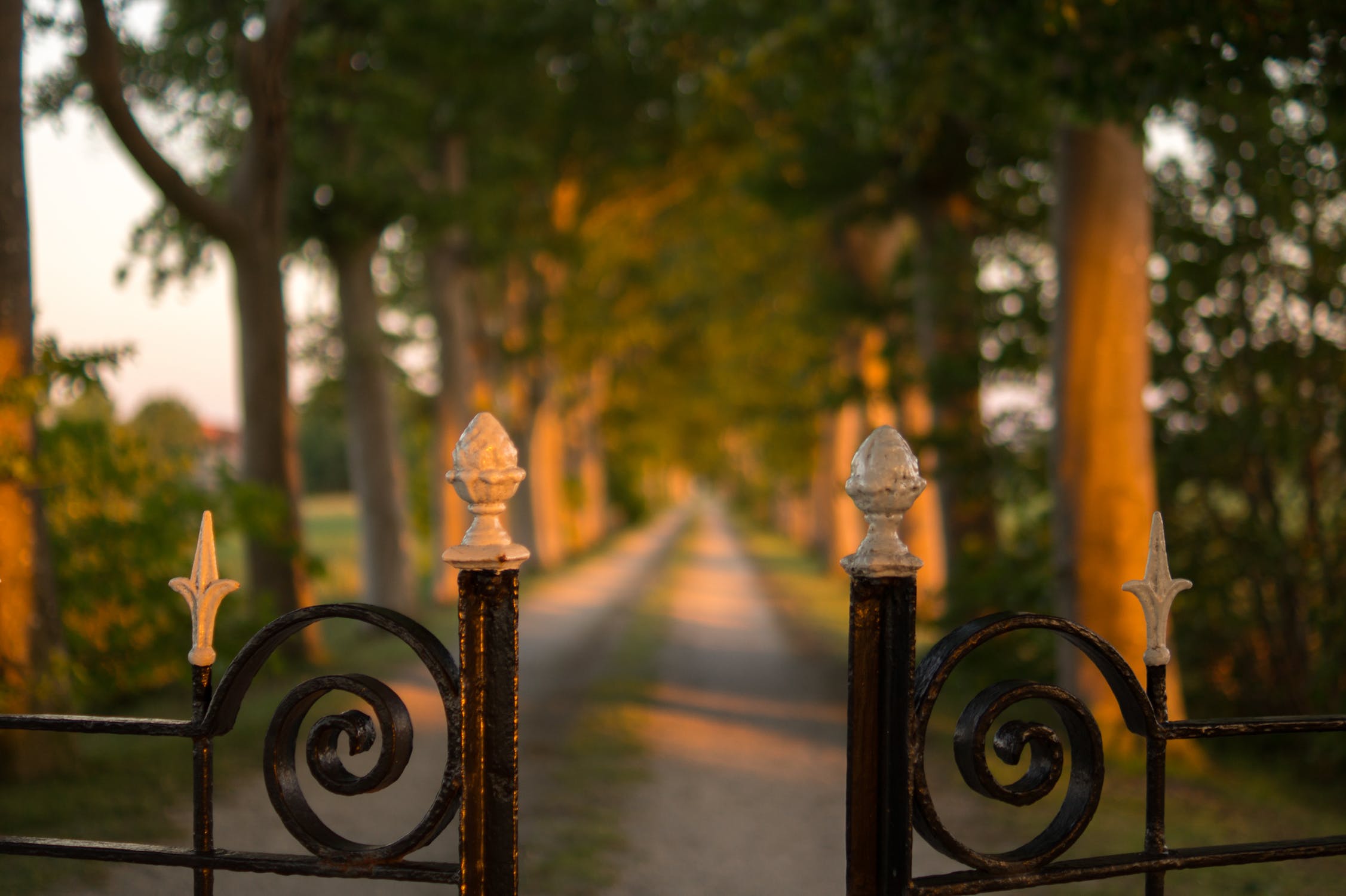
Choosing a perfect fence for your property depends on several factors: how much money you’re willing to spend, whether you need your fence as a protective shield or a boundary marker, and others. Selecting an appropriate material for the fence is important as well. Hopefully, this article is helpful enough and you’ll choose the most appropriate fence material for your garden.
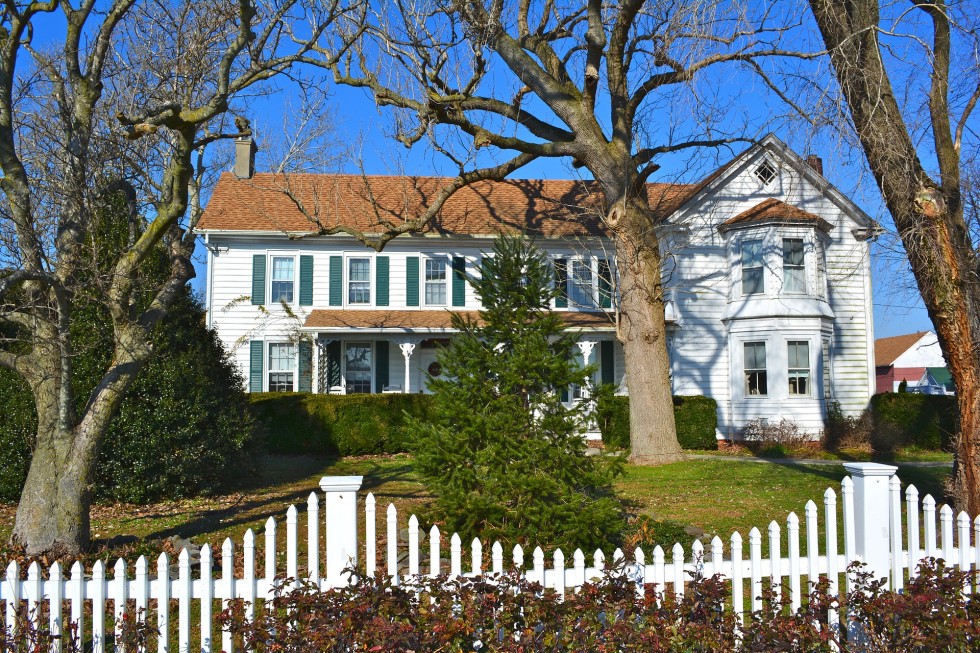

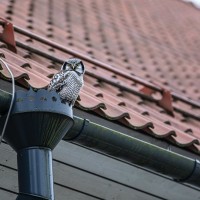
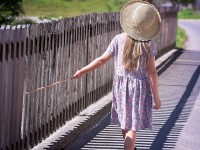
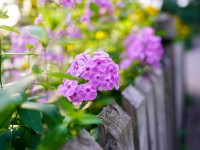

One of my friends is worried that his home might be a target by thieves because of its modern appearance. I like your idea of hiring a fencing expert since they can help choose and install fences on your property. I’ll be sure to recommend this to him so he can beef up his home security. https://www.alcofenceco.com/